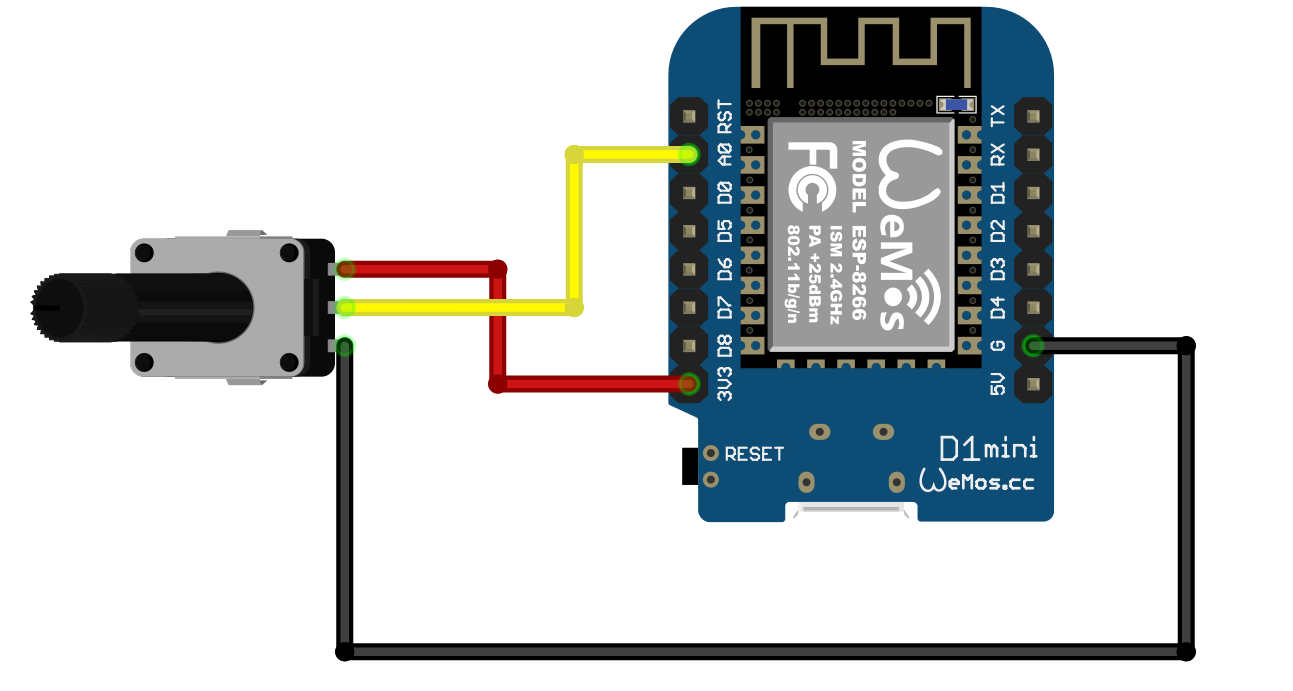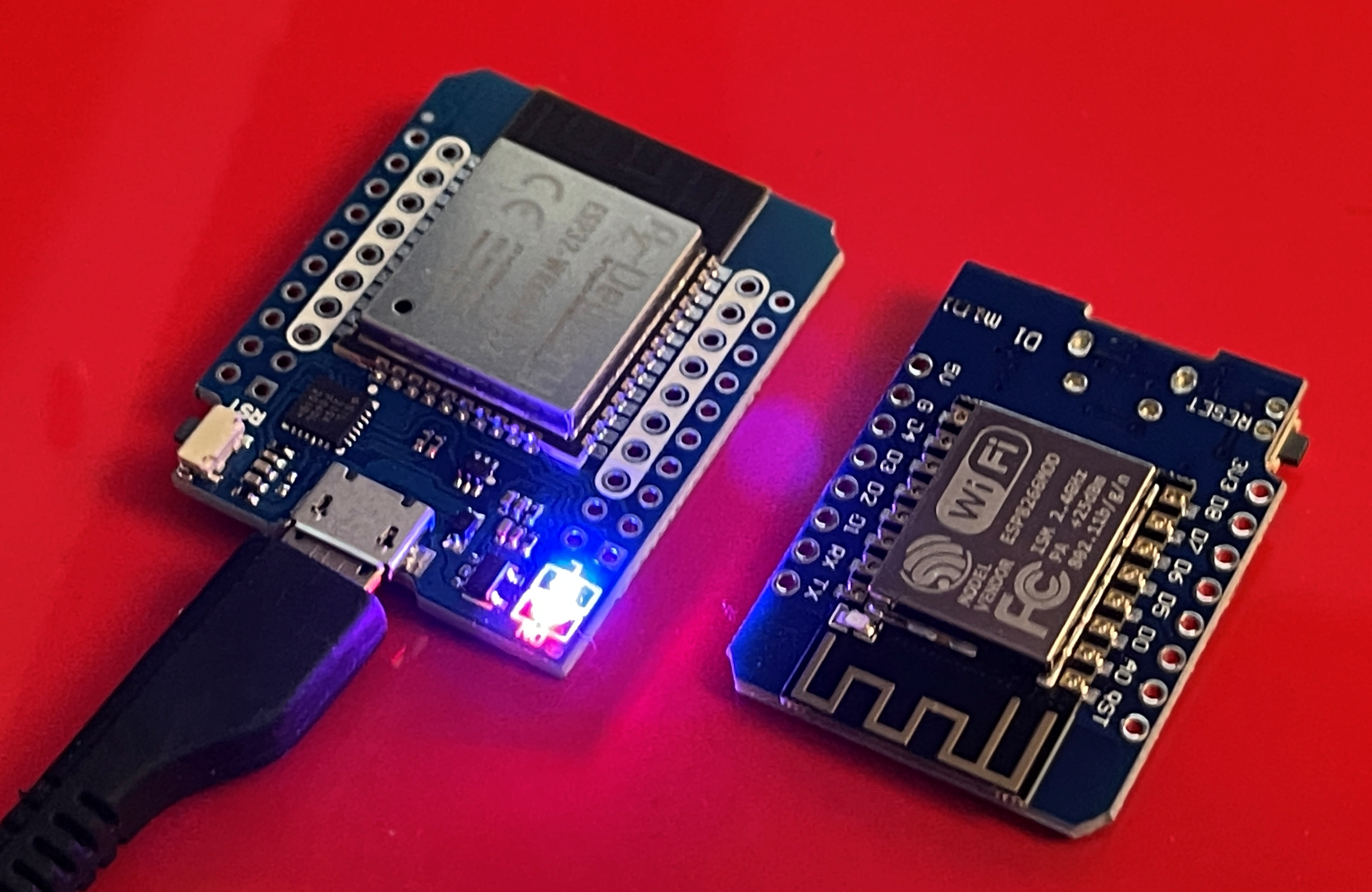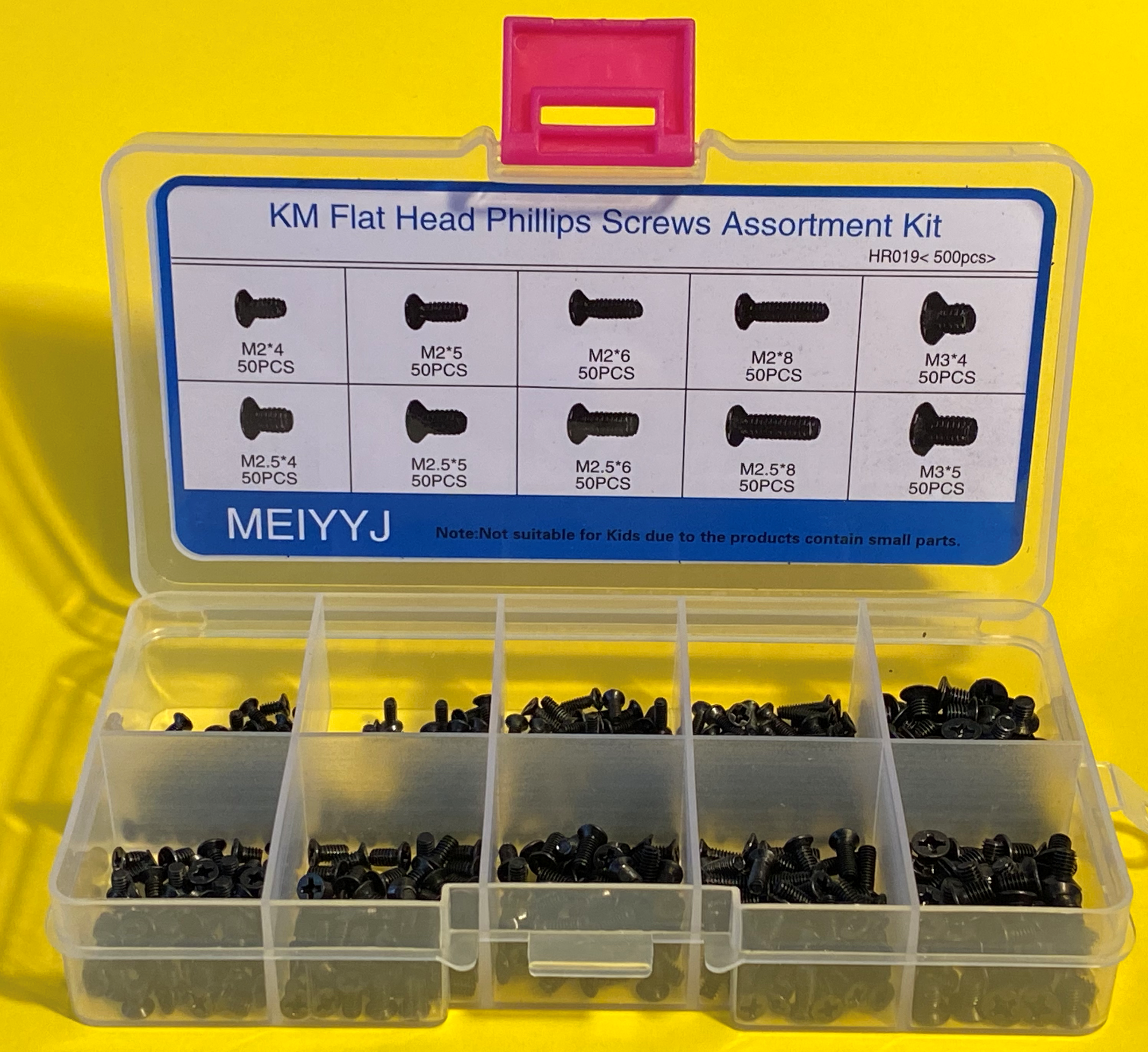void getBootReasonMessage(char *buffer, int bufferlength)
{
#if defined(ARDUINO_ARCH_ESP32)
esp_reset_reason_t reset_reason = esp_reset_reason();
switch (reset_reason)
{
case ESP_RST_UNKNOWN:
snprintf(buffer, bufferlength, "Reset reason can not be determined");
break;
case ESP_RST_POWERON:
snprintf(buffer, bufferlength, "Reset due to power-on event");
break;
case ESP_RST_EXT:
snprintf(buffer, bufferlength, "Reset by external pin (not applicable for ESP32)");
break;
case ESP_RST_SW:
snprintf(buffer, bufferlength, "Software reset via esp_restart");
break;
case ESP_RST_PANIC:
snprintf(buffer, bufferlength, "Software reset due to exception/panic");
break;
case ESP_RST_INT_WDT:
snprintf(buffer, bufferlength, "Reset (software or hardware) due to interrupt watchdog");
break;
case ESP_RST_TASK_WDT:
snprintf(buffer, bufferlength, "Reset due to task watchdog");
break;
case ESP_RST_WDT:
snprintf(buffer, bufferlength, "Reset due to other watchdogs");
break;
case ESP_RST_DEEPSLEEP:
snprintf(buffer, bufferlength, "Reset after exiting deep sleep mode");
break;
case ESP_RST_BROWNOUT:
snprintf(buffer, bufferlength, "Brownout reset (software or hardware)");
break;
case ESP_RST_SDIO:
snprintf(buffer, bufferlength, "Reset over SDIO");
break;
}
if (reset_reason == ESP_RST_DEEPSLEEP)
{
esp_sleep_wakeup_cause_t wakeup_reason = esp_sleep_get_wakeup_cause();
switch (wakeup_reason)
{
case ESP_SLEEP_WAKEUP_UNDEFINED:
snprintf(buffer, bufferlength, "In case of deep sleep: reset was not caused by exit from deep sleep");
break;
case ESP_SLEEP_WAKEUP_ALL:
snprintf(buffer, bufferlength, "Not a wakeup cause: used to disable all wakeup sources with esp_sleep_disable_wakeup_source");
break;
case ESP_SLEEP_WAKEUP_EXT0:
snprintf(buffer, bufferlength, "Wakeup caused by external signal using RTC_IO");
break;
case ESP_SLEEP_WAKEUP_EXT1:
snprintf(buffer, bufferlength, "Wakeup caused by external signal using RTC_CNTL");
break;
case ESP_SLEEP_WAKEUP_TIMER:
snprintf(buffer, bufferlength, "Wakeup caused by timer");
break;
case ESP_SLEEP_WAKEUP_TOUCHPAD:
snprintf(buffer, bufferlength, "Wakeup caused by touchpad");
break;
case ESP_SLEEP_WAKEUP_ULP:
snprintf(buffer, bufferlength, "Wakeup caused by ULP program");
break;
case ESP_SLEEP_WAKEUP_GPIO:
snprintf(buffer, bufferlength, "Wakeup caused by GPIO (light sleep only)");
break;
case ESP_SLEEP_WAKEUP_UART:
snprintf(buffer, bufferlength, "Wakeup caused by UART (light sleep only)");
break;
}
}
else
{
snprintf(buffer, bufferlength, "Unknown reset reason %d", reset_reason);
break;
}
#endif
#if defined(ARDUINO_ARCH_ESP8266)
rst_info *resetInfo;
resetInfo = ESP.getResetInfoPtr();
switch (resetInfo->reason)
{
case REASON_DEFAULT_RST:
snprintf(buffer, bufferlength, "Normal startup by power on");
break;
case REASON_WDT_RST:
snprintf(buffer, bufferlength, "Hardware watch dog reset");
break;
case REASON_EXCEPTION_RST:
snprintf(buffer, bufferlength, "Exception reset, GPIO status won't change");
break;
case REASON_SOFT_WDT_RST:
snprintf(buffer, bufferlength, "Software watch dog reset, GPIO status won't change");
break;
case REASON_SOFT_RESTART:
snprintf(buffer, bufferlength, "Software restart ,system_restart , GPIO status won't change");
break;
case REASON_DEEP_SLEEP_AWAKE:
snprintf(buffer, bufferlength, "Wake up from deep-sleep");
break;
case REASON_EXT_SYS_RST:
snprintf(buffer, bufferlength, "External system reset");
break;
default:
snprintf(buffer, bufferlength, "Unknown reset cause %d", resetInfo->reason);
break;
};
#endif
}





















